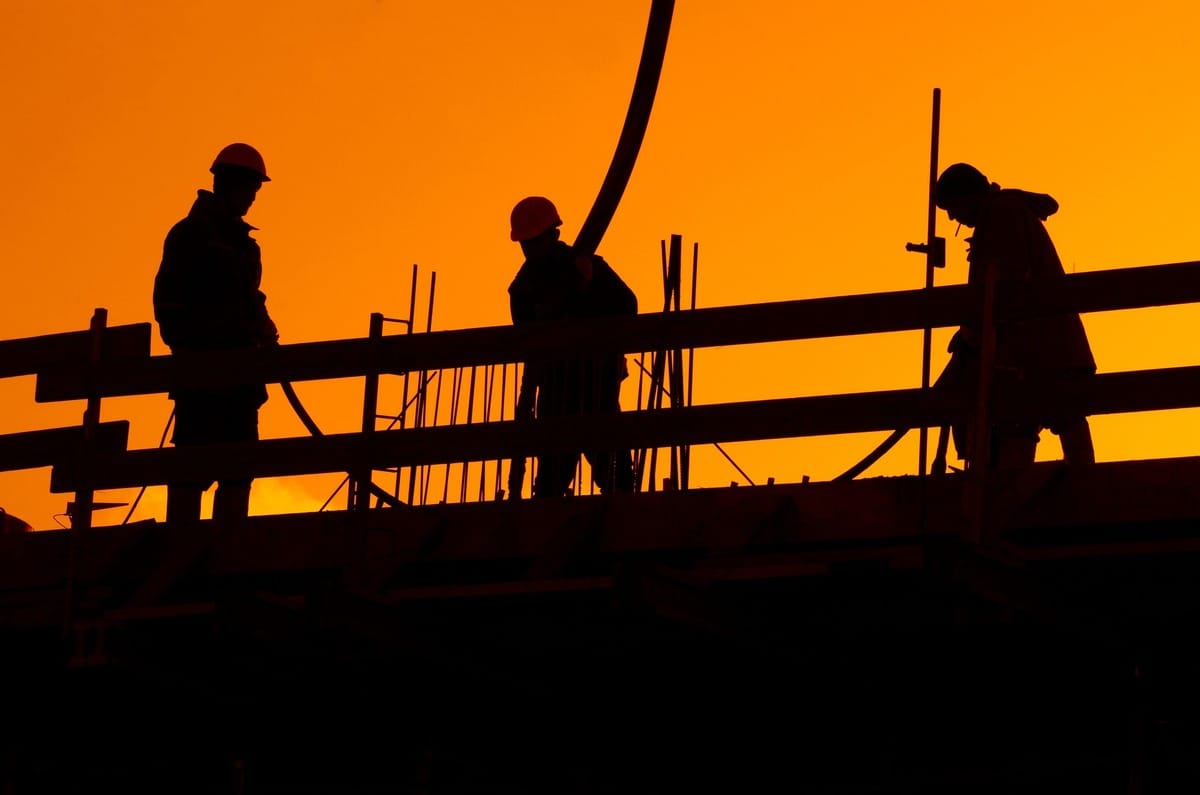- Full Brim Safety
- Posts
- Worker Proximity and Communication - Staying Safe Around Moving Equipment
Worker Proximity and Communication - Staying Safe Around Moving Equipment
Full Brim Safety: Build Smart, Build Safe

Worker Proximity and Communication - Staying Safe Around Moving Equipment
Welcome back, let's Build Smart & Build Safe! We've covered understanding heavy equipment hazards and safe operator practices. Today, we're focusing on a critical interaction: how ground personnel and operators can safely coexist and communicate around moving heavy equipment. This is where many "struck-by" and "crush" incidents tragically occur.
The dynamic nature of a construction site means workers and machines often operate in close proximity. Effective communication and clear boundaries are your shields against the limited visibility of heavy equipment.
1. Establishing Exclusion Zones: Your "No-Go" Areas
Define the Danger: Before work begins, designate and clearly mark "exclusion zones" or "danger zones" around heavy equipment. This includes the equipment's travel path, swing radius (for excavators, cranes), and areas where materials are being lifted or dumped.
Enforce Strict Boundaries: Absolutely no unauthorized personnel should enter these zones when equipment is operating. Use cones, barricades, flagging, or even dedicated safety personnel to enforce these boundaries when necessary.
Constant Awareness: Understand that these zones are dynamic and move with the equipment. Always be aware of the equipment's intended path.
2. Spotters and Signal Persons: Eyes and Ears on the Ground
When Required: A trained spotter or signal person is essential whenever an operator's view is obstructed (e.g., backing up, working near excavations, or in congested areas) or when the operator cannot see the path of travel clearly.
Qualifications: Only trained and qualified signal persons should be used. They must be easily identifiable (e.g., high-visibility vest) and maintain constant visual contact with the operator.
Clear Signals: Use standardized hand signals (OSHA-recognized) or clear, concise radio communication. Everyone on site should understand these signals.
Operators: Operators must never move equipment if they lose sight of the spotter, if signals are unclear, or if there's any doubt about safe clearance.
3. Visual and Audible Warnings: Be Seen, Be Heard
Lights and Alarms: Ensure all heavy equipment has functioning lights, warning beacons (strobe lights), and audible reverse alarms. These are crucial for alerting ground personnel to the equipment's presence and direction of travel.
Horns: Operators should use their horns to signal their intentions (e.g., before backing up, before starting to swing a load).
Radios: When distances are large or noise levels are high, two-way radios facilitate essential communication between operators and ground personnel.
4. Eye Contact and Acknowledgment: The Personal Connection
Make Eye Contact: Whenever possible, before approaching or working near equipment, make direct eye contact with the operator and wait for acknowledgement.
Get Acknowledgment: Don't just assume they saw you. Get a clear signal or acknowledgment from the operator that they see you and understand your presence.
Never Assume You're Seen: Always assume the operator cannot see you, especially when you are in a blind spot. This mindset will keep you proactive in your safety.
Effective communication and respectful proximity are paramount to preventing struck-by and crush incidents. It's a shared responsibility between operators and ground workers to maintain constant awareness and clear understanding. Tomorrow, we'll shift our focus to maintenance, attachments, and overall site management for heavy equipment.
Don't forget to sign your friends up for Full Brim Safety for your daily dose of construction safety tips!
-The Safety Man
